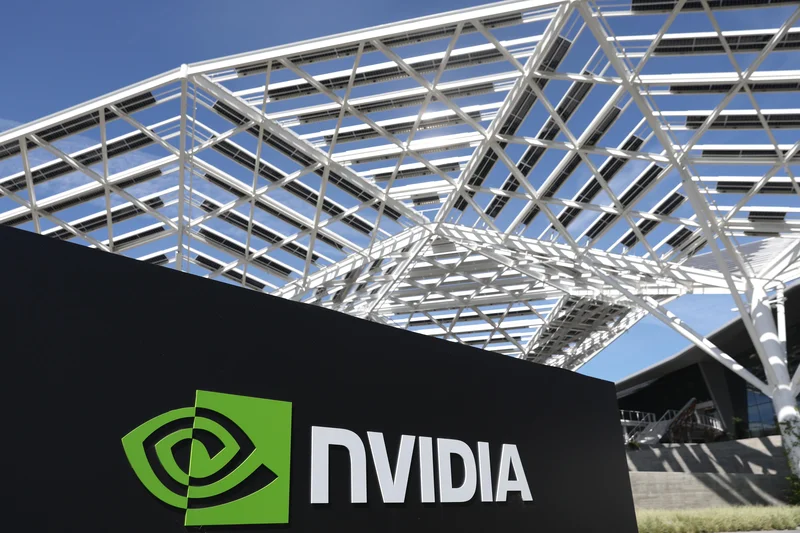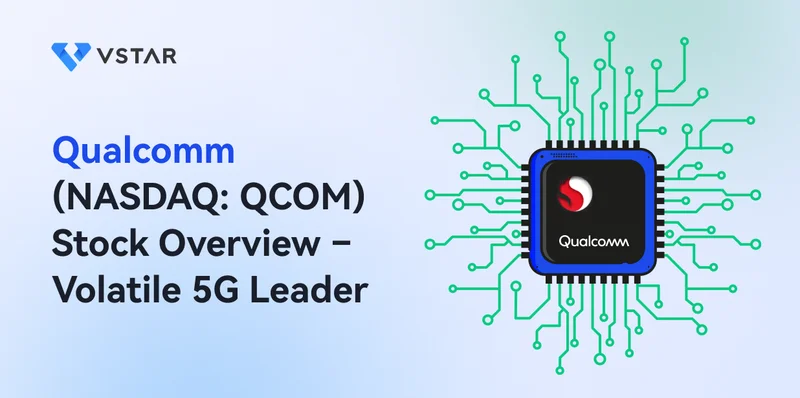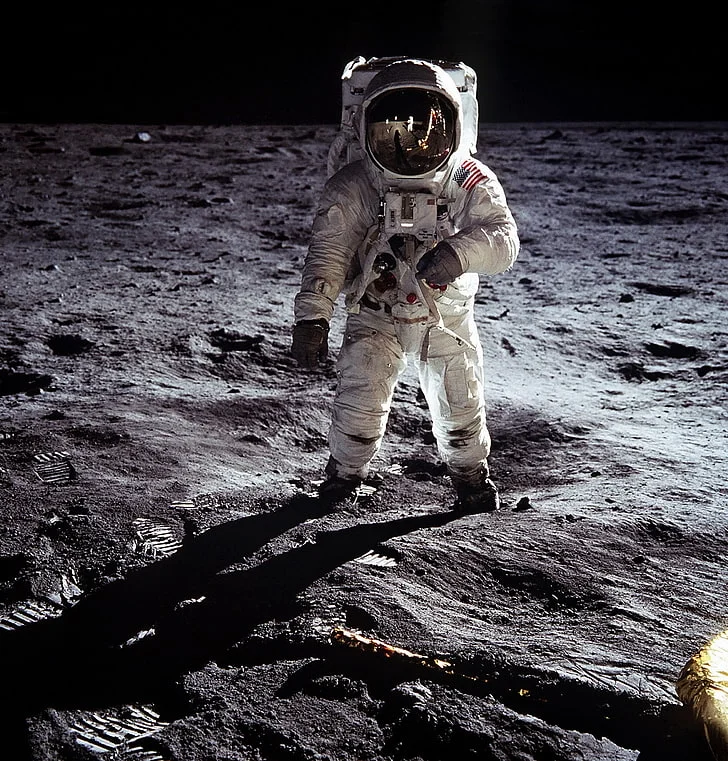Jensen Huang Declares AI's Industrial Revolution: What It Means for the Future and His Surprising Take on US Policy
When Nvidia's CEO, Jensen Huang, held up a silicon wafer last week, it wasn't just a piece of technology. It was a symbol. Imagine the scene: a perfectly circular, almost iridescent disc, etched with patterns so complex they look more like alien biology than human engineering. This wasn't just any wafer. It was the first Blackwell, the heart of the most advanced AI chip on the planet, and it was made right here in America. When I saw the news, I honestly just sat back in my chair, speechless. This is the kind of breakthrough that reminds me why I got into this field in the first place.
For years, we’ve talked about technology in ethereal terms—the cloud, the web, the stream. We imagined a future that was weightless and virtual. But this moment, this physical object born from a partnership between Nvidia and TSMC, tells a different story. It’s the story of how the digital revolution is finally, powerfully, coming home to the physical world.
Huang called it a new "industrial revolution," and he’s not wrong. But that phrase almost doesn't do it justice. The first Industrial Revolution was about steam and steel. The second was about electricity and assembly lines. This one is about intelligence itself. But here's the part everyone is missing: this revolution of intangible intelligence is going to require the most massive tangible build-out in human history.
The Ghost in the Machine Needs a Cathedral
We've been thinking about AI all wrong. We see the slick software interfaces, the chatbots, the incredible image generators, and we assume it all just… exists. We picture it as a kind of ghost in the machine, a disembodied brain floating in the internet. But that’s a fantasy. The reality is that AI has a body—a colossal, power-hungry, and intensely physical one.
That body is the AI supercomputer, the modern data center. And we’re going to need a lot of them. Huang threw out a number that should stop you in your tracks: $500 billion worth of this technology installed in the United States within the next four years. Think about that. These aren't just warehouses full of servers. These are the cathedrals of the 21st century.
An AI data center is like a modern Notre Dame. It’s a structure built on a scale that defies easy comprehension, designed for a single, transcendent purpose: to house a new kind of power. It requires a foundation of reinforced concrete, a circulatory system of advanced cooling pipes, and a nervous system of fiber optic cables. It consumes energy on the scale of a small city. This is the physical reality of artificial intelligence. It’s not a ghost; it’s a god in a box, and that box has to be built.
The political chatter around this—crediting Trump's tariffs or energy policies—is just a footnote to the real story. Nvidia CEO touts new AI 'industrial revolution,' praises Trump tariffs for role in chip production. The real story is that building the infrastructure for this intelligence is a project on par with the construction of the interstate highway system or the Apollo program. It's a national mission. But if these are the new cathedrals, what kind of society are we building around them? What do the people who build them look like?

The Plumbers Will Inherit the Earth
Here is the single most revolutionary thing Jensen Huang said, and it had nothing to do with chips or algorithms. He said the next generation of American millionaires won't just be coders in hoodies; they’ll be plumbers, electricians, and skilled technicians.
Let that sink in.
For a generation, we’ve been told a single story about the future: learn to code, or be left behind. We pushed our kids toward computer science and treated the skilled trades as a backup plan. We created a cultural divide between the "knowledge worker" and the person who works with their hands. And now, the very pinnacle of knowledge work—artificial intelligence—is turning that entire hierarchy on its head. The speed of this is just staggering—it means the gap between the digital world we've been dreaming of and the physical world we actually live in is closing faster than we can even comprehend.
You can’t build a billion-dollar AI factory—or a "fab," as they're called in the industry; in simpler terms, it's just an ultra-clean, hyper-advanced manufacturing plant for chips—with an app. You need welders who can join pipes to a microscopic tolerance. You need electricians who can run miles of high-voltage cable without a single flaw. You need HVAC specialists who can design cooling systems that keep tens of thousands of GPUs from melting.
These are not low-skill jobs. This is high-stakes, high-precision craft. Huang says we’ll need hundreds of thousands, maybe millions, of these professionals. This isn't just a job boom; it's a cultural shift. It’s a chance to restore dignity and prestige to the very professions that built this country in the first place. The digital revolution, it turns out, is a blue-collar revolution.
Of course, this brings a profound responsibility. We can't just sit back and expect this to happen. How do we reshape our education system to celebrate a career in welding as much as a career in web design? How do we create apprenticeship programs that can train a new generation of builders for this new world? This is the real challenge, and the real opportunity, that lies before us.
It's Not About the Code, It's About the Concrete
For so long, we've been obsessed with the software of the future. But Jensen Huang just reminded us of a fundamental truth: the future has to be built. It has to be bolted to a foundation, cooled with water, and powered by electricity. The AI revolution isn't happening in the cloud. It's happening in sprawling new factories in Arizona and Ohio. It's happening in the hands of the people who can bend pipe, wire a circuit, and read a blueprint. The most futuristic technology in the world is reminding us that the most essential skills are the ones that have been with us all along. The real story of AI isn't about the ghost in the machine; it's about the people putting the bricks in the wall.
Related Articles
Anthropic's AI Education Pilot in Iceland: What Does This Mean for the Future of AI Literacy?
Anthropic's Iceland AI Education Pilot: Are We Witnessing the Dawn of Personalized Learning for All?...
Sporting CP's €225M Bond Sale: Why It's a Massive Red Flag
Generated Title: The Sporting CP Void: When the Content Machine Asks for Blood from a Stone So, the...
Robot Ambitions: Solid-State Batteries and AI Chips
Alright, let's talk about Xpeng and their sudden robot obsession. The Guangzhou-based EV maker says...
Qualcomm's AI Future: What the Stock Surge Really Means for Our Tech Future
Beyond the Banner: Why the Humble Cookie Is the Blueprint for Our Digital Future We’ve all been ther...
Google's Space Datacenters: What's the Point and Who Asked For This?
Google Wants to Put Data Centers in Space? Yeah, Right. Google, huh? Space data centers. Project Sun...
Hawaiian Airlines Systems Crash: Another Global 'Oops' from Microsoft?
So, let me get this straight. On Wednesday, you couldn't check in for your Alaska Airlines flight to...





